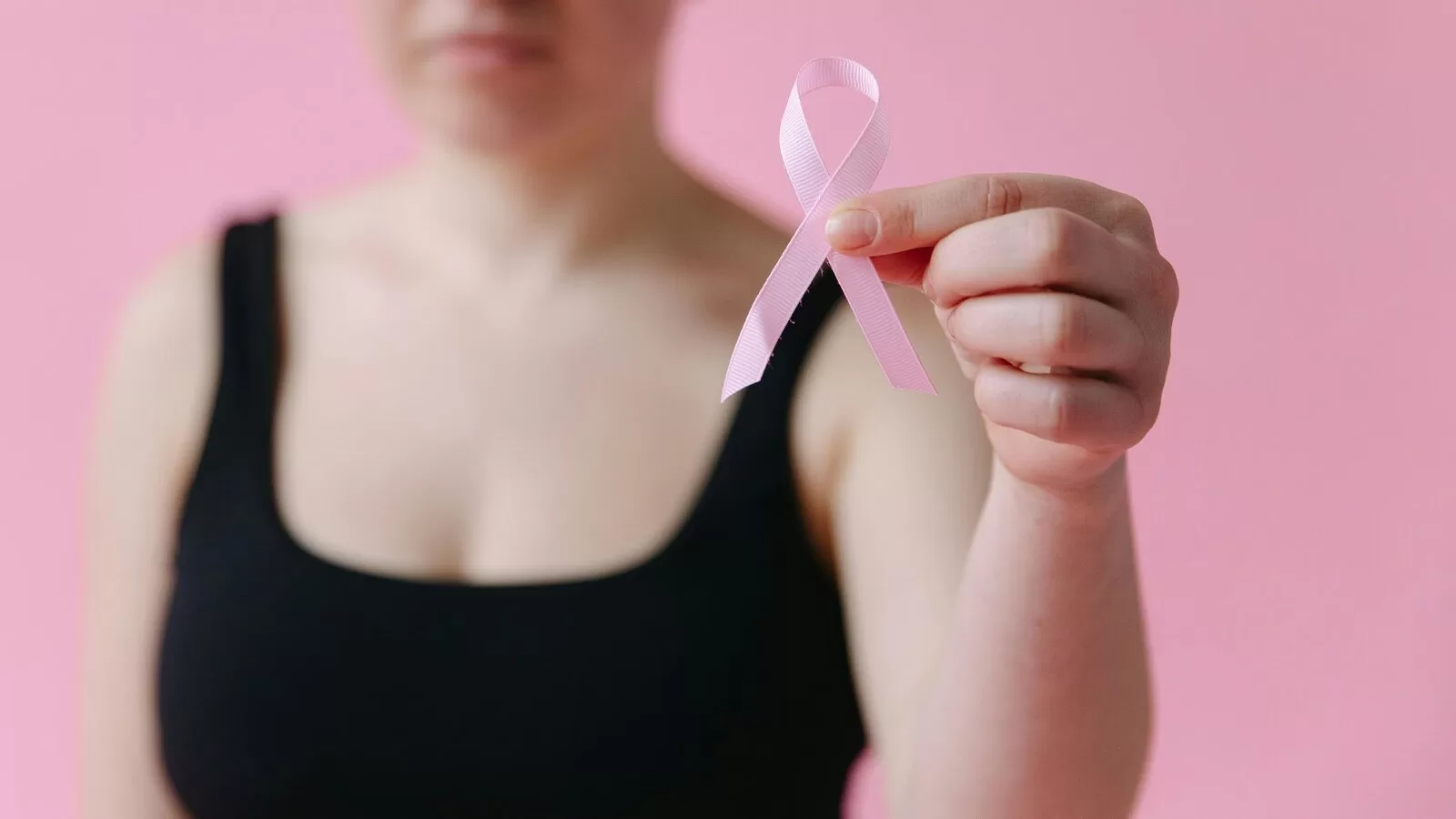Doctors warn breast cancer is rising among younger women despite medical advancements, more awareness | Health – Hindustan Times
Breast Cancer Rates Surge Among Young Women, Study Shows
Breast cancer rates in the U.S. have been steadily increasing, with a notable surge among women under the age of 50, according to a new report released on Tuesday, October 1, 2024, by the American Cancer Society. Although the disease is most common in older women, the latest data reveal that younger women are increasingly being diagnosed with invasive forms of breast cancer.
The report, one of the most comprehensive of its kind, highlights a 1% annual increase in breast cancer cases from 2012 to 2021. The most significant rise was seen in women in their 20s and 30s, with a 2.2% annual increase in the rate of diagnosis among women in their 20s. Despite this increase, their overall risk remains low, at about 6.5 per 100,000 women.
The trend is especially concerning among Asian American and Pacific Islander women, who have historically had lower rates of breast cancer. The report shows a sharp 2.7% increase in breast cancer incidence annually for those under 50, and a 2.5% increase for those over 50. This is a worrying development, as cancer has typically been seen as a disease associated with aging.
Although breast cancer death rates have been declining overall in the U.S. — dropping by about 10% in the past decade and 44% over the past three decades due to improved screening and treatment options — the rise in cases among younger women presents new challenges. Early-onset breast cancer can be more aggressive, and because it is less expected in younger individuals, it is often detected later, leading to delays in treatment.
The situation is further complicated by racial and ethnic disparities in diagnosis and outcomes. While survival rates for breast cancer have improved significantly for white women, Black women continue to experience higher death rates. Black women are 38% more likely to die from breast cancer compared to their white counterparts. Additionally, Native American and Alaska Native women have not seen any significant improvements in survival rates. The study suggests that access to timely, high-quality care plays a crucial role in these disparities.
Rebecca L. Siegel, an epidemiologist at the American Cancer Society and senior author of the report, emphasized the need for more equitable healthcare. “The bottom line is, we need to improve access to high-quality screening and treatment for all women, particularly women of color,” Siegel said. “We need to ensure that all women, regardless of race or socioeconomic background, can benefit from the advances in breast cancer care.”
The report estimates that 310,720 new cases of invasive breast cancer will be diagnosed in U.S. women this year. Of these, 13,180 cases will occur in women under the age of 40, while 37,650 cases will be diagnosed in women in their 40s. Additionally, 56,500 cases of noninvasive ductal carcinoma in situ will be diagnosed across all age groups. Tragically, an estimated 42,250 women will die from the disease in 2024.
Young women, particularly those in their 20s, 30s, and 40s, are seeing the most significant rise in breast cancer diagnoses, with a 1.4% annual increase. This contrasts with a 0.7% yearly increase among women over 50. These numbers suggest that the disease is affecting younger women more than in previous generations.
Getting an accurate diagnosis can take longer for younger women. Jeanelle Adams, a 36-year-old woman from North New Jersey, experienced a two-year delay in being diagnosed with triple-negative breast cancer, a particularly aggressive form of the disease. Despite early symptoms, doctors initially misdiagnosed her condition as eczema. Adams, who is Black and Puerto Rican, expressed frustration at the delays in her diagnosis, which she believes were due to a combination of her age and race.
Many women who develop breast cancer at a young age do not have the traditional risk factors, such as a family history of the disease. Traci Delaney, 34, from Los Angeles, shared that she did not feel the need to rush to get screened when she found a lump in her breast, as she had no family history of breast cancer. After her insurance denied an imaging scan, her cancer diagnosis was delayed. “The biggest thing I realized during this whole process is that there’s no age limit on this,” Delaney said. She is now in remission after undergoing chemotherapy, radiation, and surgery.
The rise in breast cancer rates among young women may be influenced by changes in reproductive patterns, according to Dr. Ahmedin Jemal, a senior vice president at the American Cancer Society and co-author of the report. He pointed to trends such as women delaying childbirth, having fewer children, or choosing not to have children as contributing factors. Early menstruation and late menopause also increase a woman’s exposure to estrogen and progesterone, hormones linked to breast cancer.
Environmental factors, such as exposure to chemicals that mimic hormones, like those found in personal care products and food packaging, may also play a role, though more research is needed. Some women, like Dani Alderman, 31, from New York City, believe environmental factors contributed to their diagnoses. Alderman, who discovered she had a genetic mutation increasing her cancer risk, wonders if chemicals in everyday products played a role in triggering the disease.
As breast cancer continues to affect younger women at higher rates, healthcare experts stress the importance of regular screenings and timely treatment for all women, regardless of age or background.
#BreastCancerAwareness #YoungWomenHealth #CancerResearch #EarlyDetection #HealthNews
